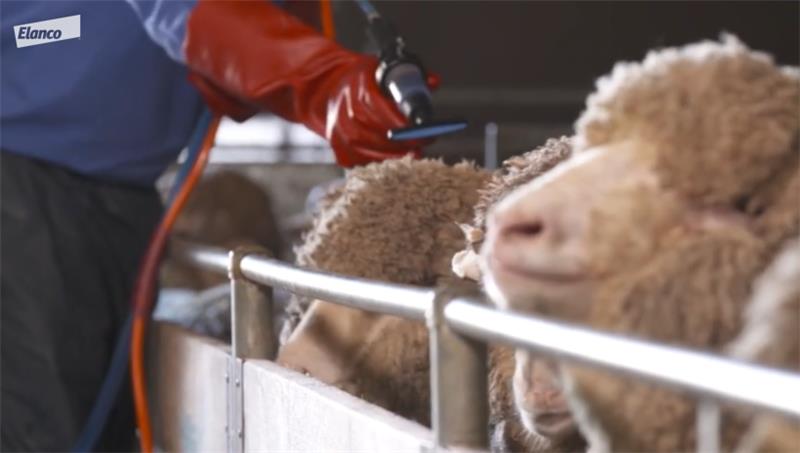
Spring is one of the busiest times of year for sheep farmers. To help you stay ahead, here are practical recommendations for sheep parasite management to keep your flock healthy and minimise the risk of chemical resistance.
Check what products you’re using for lice, worms and flystrike.
Rotate chemical groups each year.
Always follow label directions for correct dose and timing.
Rotate treatments yearly to avoid resistance.
Overuse of Avenge (imidacloprid) and Extinosad Pour-On (spinosad) has led to resistance concerns.
Swap products where possible:
Extinosad → change to Avenge or Viper.
Avenge → try Viper (thiacloprid, up to six times more potent).
Consider Flexolt, the first oral lice treatment, if backlining is difficult.
| Group | Examples | Notes |
|---|---|---|
| Neonicotinoids | Avenge (imidacloprid), Viper (thiacloprid) | Viper is stronger than Avenge |
| Spinosyns | Extinosad Pour-On (spinosad) | Suitable for long wool & off-shears |
| Macrocyclic lactones | Coopers Blowfly & Lice (ivermectin), Maverick (abamectin) | Maverick works for both lice and worms |
Tip: If rotation isn’t possible, aim for lice eradication and ensure sheep treated in long wool are also backlined off-shears.
Test before drenching – always do a Worm Egg Count and only drench if necessary.
Use combination drenches rather than older single-active products.
During high-risk periods:
Primer drench with different actives alongside a long-acting product.
Exit drench two weeks later with a different active.
Quarantine drench new or returning sheep using a 4-active combination drench including monepantel (Zolvix Plus) or derquantel (Startect). Both offer a new chemical class for extra worm control.
Tip: Rotate drenches each season to avoid resistance build-up. Long-acting drenches should always be paired with a primer and exit drench. Don’t drench on a calendar basis — always base decisions on worm counts and seasonal risk.
Clik (dicyclanil): provides up to 24 weeks’ protection.
Clik Extra (dicyclanil): offers extended protection for up to 29 weeks.
Strike-Force S: flystrike preventative with a shorter ESI compared to Clik, due to its different formulation.
Avoid Vetrazin (cyromazine): resistance is now widespread and effectiveness is reduced.
Additional Notes:
Flexolt (oral treatment): the first ever oral lice treatment for sheep, offering a new option when backlining isn’t ideal.
Maverick (abamectin): dual-purpose product that works as both a wormer and a lice treatment.
Tips:
Apply early in the season, based on shearing/crutching.
Never double-up with the same chemical for lice and flystrike.
Always follow label directions for best results.
Rotate chemical groups regularly.
Stick to label rates and timings.
Combine chemical treatments with good grazing and farm management to reduce long-term parasite pressure.
At Farmco, we’re here to support your flock’s health and productivity.
Contact us today:
info@farmco.com.au
Online Orders & Enquiries: 1300 327 626
Join now for instant savings!